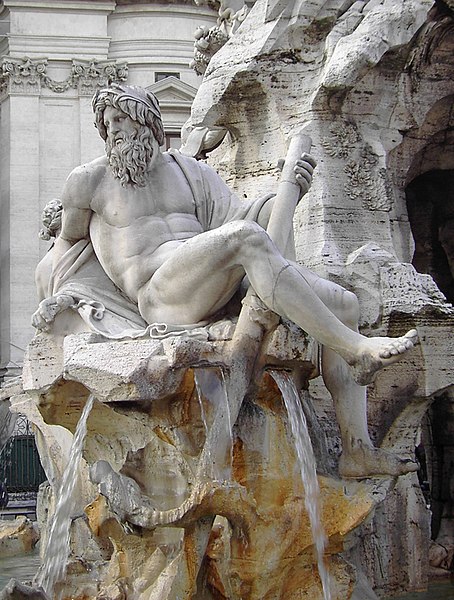Weimar Classicism was a German literary and cultural movement, whose practitioners established a new humanism from the synthesis of ideas from Romanticism, Classicism, and the Age of Enlightenment. It was named after the city of Weimar, Germany, because the leading authors of Weimar Classicism lived there.
Weimar's Courtyard of the Muses (1860) by Theobald von Oer. Schiller reads in the gardens of Schloss Tiefurt, Weimar. Amongst the audience are Herder (second person seated at the far left), Wieland (center, seated with cap) and Goethe (in front of the pillar, right).
Classicism, in the arts, refers generally to a high regard for a classical period, classical antiquity in the Western tradition, as setting standards for taste which the classicists seek to emulate. In its purest form, classicism is an aesthetic attitude dependent on principles based in the culture, art and literature of ancient Greece and Rome, with the emphasis on form, simplicity, proportion, clarity of structure, perfection, restrained emotion, as well as explicit appeal to the intellect. The art of classicism typically seeks to be formal and restrained: of the Discobolus Sir Kenneth Clark observed, "if we object to his restraint and compression we are simply objecting to the classicism of classic art. A violent emphasis or a sudden acceleration of rhythmic movement would have destroyed those qualities of balance and completeness through which it retained until the present century its position of authority in the restricted repertoire of visual images." Classicism, as Clark noted, implies a canon of widely accepted ideal forms, whether in the Western canon that he was examining in The Nude (1956).

Jacques-Louis David, Oath of the Horatii, 1784, an icon of Neoclassicism in painting
Fountain of the Four Rivers, Bernini, 1651.
Classicist door in Olomouc, The Czech Republic.
Molière in classical dress, by Nicolas Mignard, 1658.





